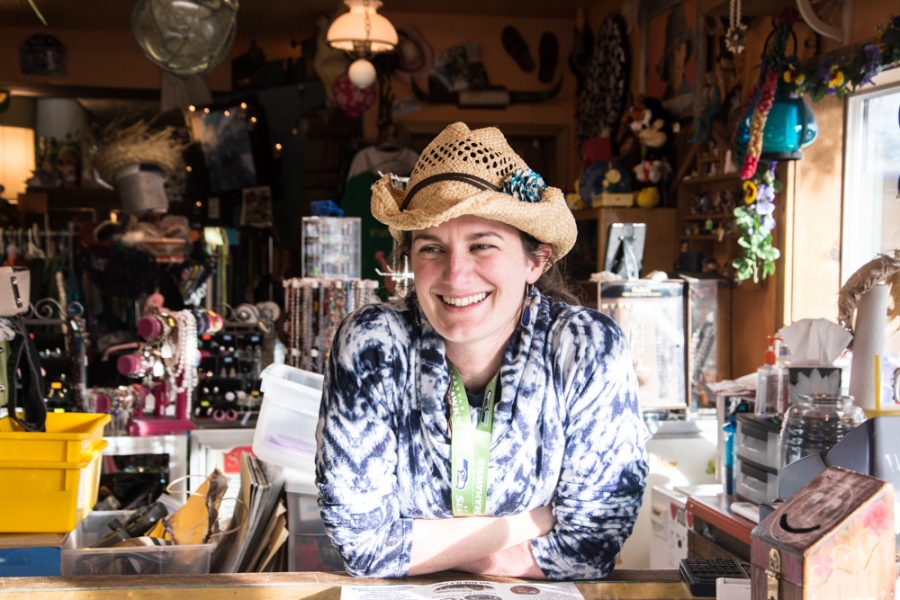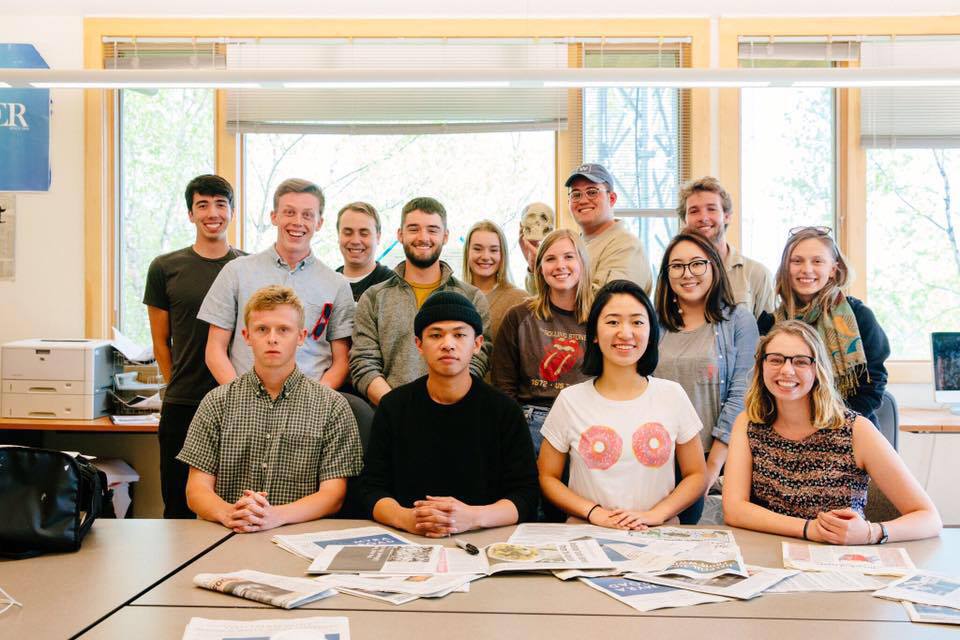Tutorial: Front Page
When I sit down to design a front page–typically the Monday or Tuesday before the paper comes out–I start with our lead story, which is usually paired with a lead graphic. Sometimes I make the graphic from scratch, or assign it to a designer. Sometimes I have graphics ready to go, although that’s rare. More often, I have a starting point–a photo shoot, an illustration idea, a suggestion from the author, news editors, or senior staff–that I work from, shooting photography and designing graphics to fit the story. Last week required a special shoot, but this week, Marin Axtell had already shot some great photos of students and teachers at Green Park Elementary. I wanted to place the focus on the kids, and how seemingly impersonal policy decisions can add up to a large impact on individuals. I settled on a composite of two photos, configured into a set of colored tiles, perhaps representing ballots or individual tax dollars.

I created a grid in Photoshop that was the correct size for an image which would run 5 columns across at 600dpi, then aligned and cropped the images to fit the grid. Using the Slice and Slice Select tools, I cut both images individually into a total of 86 sections. Slice/Slice Select will help you automate dividing an image into pieces. Photoshop’s built-in selection tools are rather poor for complex or iterated selections, and I find Slicing (a tool for generating background images for websites) to be a convenient way of storing and exporting rectangular selections. I exported these sections and re-combined them in new document. I grouped and merged layers, more or less at random, to save time, then performed Layer and Color Balance adjustments until I was satisfied with the results. (Katie Berfield helped me fill in some of the sections–thanks!) The photos overlap and some tiles from the lower image were added to the top, to create the illusion of blending. There’s also some manual blending. I’d estimate that this composite took 1.5-2 hours from conception to the final draft, below:

Unfortunately, I exceeded a smart level of ink coverage (also known as TAC, total area coverage) in the image, and while the image looked fine right off the presses, the colors have now faded and most papers are a good deal muddier than we anticipated. Printing with the UB is always an experiment.
The headline was composed in two different weights of DIN, which is well known as a standard government font in Germany. DIN was adopted by the standards committee of the Nazi government under Hitler in 1936, but its continued popularity, its affiliation with architect Mies van der Rohe and the Bauhaus school, and its ever-expanding options of weight and style have helped it to avoid censure. Indeed, it’s generally associated with the best qualities of modernist, not nationalist, German design: pragmatism, elegance, and sobriety.
Cheers,
Ted




